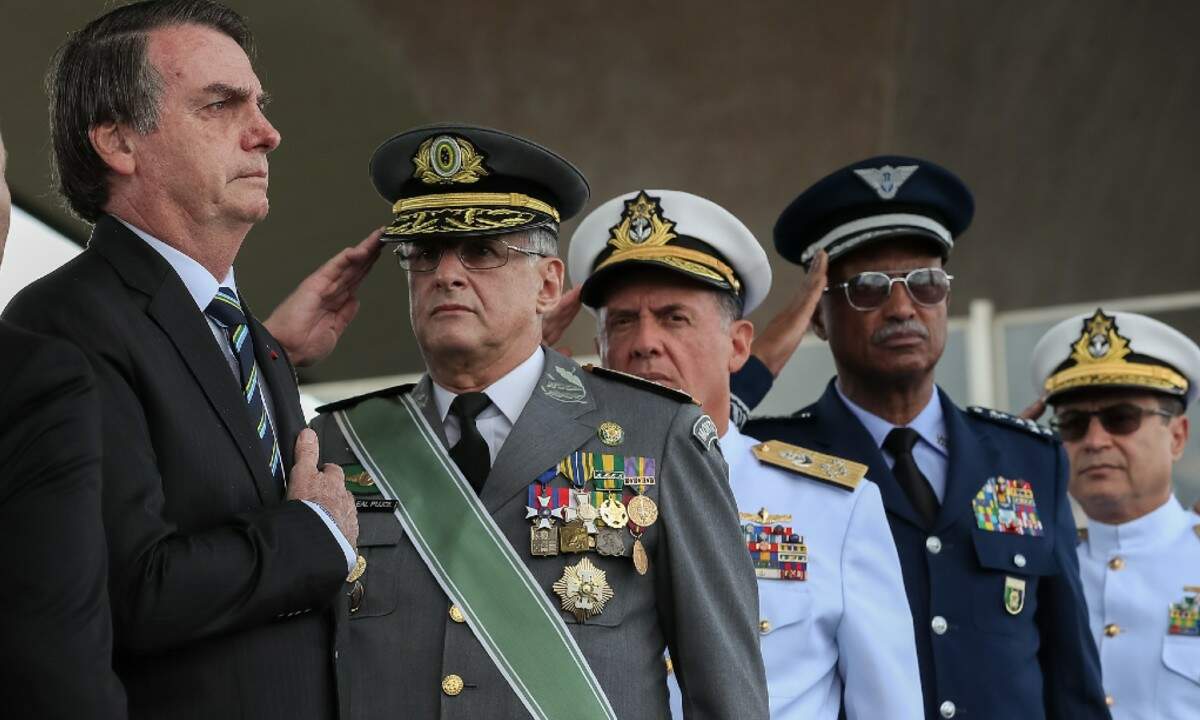
On 15 November 2017, the diesel-electric patrol submarine San Juan, in active service with the Argentine Navy, ceased communicating with the rest of the fleet during a routine patrol mission from the port of Ushuaia to Mar del Plata with 44 crew members aboard. The submarine, built in West Germany in 1983 and commissioned 1985, was one of the three vessels that composed the Argentine Submarine Force Command and was the newest of three boats of an ageing and under-funded Argentine fleet.
Shortly after the news of the disappearance of the San Juan was confirmed by the Argentine Government, other nations were quick to offer aid to locate the vessel. Amongst those that took part in the search, there were forces from neighbouring countries such as Brazil, Chile and Uruguay. The United States participated in the search offering aircraft and cutting-edge equipment to locate the disappeared boat. The UK also offered aid and participated in the tracking of the missing submarine, nonetheless its position in the region diverges from the others engaged in the mission; Britain’s position is tempered by its territories and permanent military presence in the area that generate diplomatic discomfort with Argentina.
Britain is present in the South Atlantic through its Overseas Territories, scattered from tiny Ascension Island, home of the Royal Air Force’s facility Wideawake Airfield, to the widely known Falkland Islands/Islas Malvinas. These territories offer to the European country a considerable space of manoeuvre in the region, and as the war for the Falklands/Malvinas showed back in 1982, they might be of use as staging points for military forces alongside Gibraltar and other British territories throughout the globe. Thereby, London keeps a garrison to protect its valuable dependencies in the South Atlantic.
When the San Juan went missing, Britain moved to support the Argentines using some of its forces based in the Falklands/Malvinas that are part of the "British Forces South Atlantic Islands". Royal Navy ships HMS Clyde, an offshore patrol vessel permanently located in the South Atlantic, and HMS Protector were sent to help the Argentine effort. One Royal Air Force (RAF) C-130 Hercules present in the disputed islands was placed at Argentine disposal, and one RAF Voyager based in Oxfordshire has landed in Comodoro Rivadavia, on 22 November; this landing was the first of a British military aircraft to do so in Argentina since 1982. Besides that, specialists from the British Submarine Parachute Assistance Group, regarded in British military ranks as an "elite unit", were deployed to advise its Argentine counterparts.
These were the forces mobilised by London in less than seven days to attend the Argentine request to search and rescue for the San Juan. Nevertheless, this British presence invoked the issue of the territories regarded by Argentina as illegally occupied by Britain. However, there were only isolated cases such as the Argentina’s Workers’ Party leader Gabriel Solano declarations which characterised the British as "pirates" and "responsible for war crimes, like the sinking of the General Belgrano". The broader repercussion of the British help was meet with more enthusiasm by the media both in Buenos Aires and London.
The British participation also demonstrates that even with budgetary constraints its military presence has been a relevant factor in the region and does not signal to be fading away back to London. Actually, British presence in the South Atlantic is represented by the three branches of the armed forces, primarily by the Royal Navy; its vessels are regularly paying visits to the region, and HMS Clyde does not leave the area not even for repairs that are made in South Africa, displaying British defence relations with a strategic regional player.
The increase in its technological capabilities is also relevant to comprehend the reduced numbers of British capital ships, aircraft and personnel not just in the South Atlantic. As the technological advancements are introduced, the total numbers are set to reduce, for the new assets are more efficient than its previous versions. This phenomenon is known as the "Revolution in Military Affairs". So, the new military assets are heading towards the concepts of capabilities and effectiveness instead of purely relying on numbers, helping to explain why the British military personnel in the Falklands/Malvinas is roughly 1,200.
Thus, the technological gap that persists between the South American nations and Britain is a matter as central as the total numbers of conventional forces. The historical trend is represented by a widening gap between the great powers, such as Britain, and the other nations from the periphery, such as Argentina and Brazil. Concisely, meanwhile the centre is capable of maintaining armed forces with the newest and most capable weaponry the peripheral nations are not able to follow the technological breakthroughs and the cost of its implementations, leaving them dependent on the central powers for military technologies that are only transferred when regarded as in the process of obsolescence.
Another aspect that can be noticed by the San Juan disaster is the conditions of the Argentine Armed Forces. The maintenance of the military have been under severe neglect, and the navy is a source of many problems concerning the readiness of its fleet. Under-funded and struggling to reach training requirements and upkeep of its vessels, the Argentine Navy is failing to sustain its commissioned ships fully operational. In 2013, the defence budgetpermitted 15 boats to spend no more than 11 days at sea, and the submarines spent on average just over six hours submerged in the previous year. Moreover, the fleet is composed of 42 ships, most of them construct and commissioned in the 1970s and the early 1980s and a few are British-made; for the standards adopted by Britain, the United States and other NATO members the Argentine Navy would be regarded as out-dated, in need of a complete reformulation and a more substantial budget.
So, the role played by the British military assets and the readiness in gathering some of them 8,000 miles from London in the search the San Juan reveals a glimpse of the capabilities of a former imperial nation in projecting its power elsewhere, despite its relative decline since the end of the Second World War. It also shows that the South Atlantic is not a stage exclusive to the regional nations, it is an area where foreign interests have its weight and do not show indications to renounce its share in the region’s future.
Britain’s position involves its territories and their relevance to London: They grant a permanent voice in the area, are support facilities for military forces therefore relevant part of its projection of power, since 1982 an increasing source of prestige and, concerning the Falklands/Malvinas, have a significant prospect of economic advantages like the profits from oil extraction. These points are some of the main reasons that since 1982 Britain does not negotiate the issue of sovereignty, other motives rely on the anglophile desires of the Islanders.
In spite of that, the British participation in the mission showed possibilities of cooperation between two nations with long-dated territorial disputes, which eventually led them in fighting each other. Argentina and Britain share a complicated history of highs and lows. If the tragic incident with the San Juan can teach a positive aspect to the two nations it is that cooperation with former rivals is possible and desirable; despite its divergent interests, it is a win-win situation for both parties.
João Vitor Tossini is a under-graduated student in the São Paulo State University (UNESP) in Franca and a collaborator at "UK Defence Journal". João Vitor’s scientific intiation research is funded by FAPESP.
Image: ARA San Juan in Buenos Aires, May 2017. By: Juan Kulichevsky.








